
Have you thrown pasta against the wall to see if it’s done? The trick of throwing food has some merit, but that doesn’t mean it’s a good way to measure the al dente doneness of your spaghetti or linguine. It’s just one of the many pasta mistakes and misnomers we’re about to discover about one of the world’s most popular foods.
How popular is pasta? Americans alone eat about 20 pounds of it a year, resulting in some pretty peculiar hacks and habits that are thought to make pasta easier to handle, quicker to cook, or taste better.
To separate the myth from reality, we unsubscribed from Reddit and turned to an expert, Filippo de Marchi. Marchi makes pasta for a living as a chef De Majo Restaurant & Terrace and outlines for us the seven biggest misnomers regarding cooking the Italian main course.
“Cooking pasta isn’t difficult. It’s all about timing and the right water-to-pasta ratio,” he says. “Don’t fall into the trap of believing in pasta myths. Just trust your instincts and follow the basic instructions.”
Here are the seven biggest mistakes and misnomers regarding pasta making.
1. Throw pasta against a wall to see if it sticks

Cooked pasta does indeed stick to the wall, but that doesn’t mean it’s a good way to determine doneness.
From talking refrigerators to iPhones, our experts are here to help you make the world a little less complicated.
“This is not the best way to check doneness,” says de Marchi. “The texture of the pasta may change as it hits the wall, but it does not give an accurate indication of whether it is properly cooked.” Plus, there’s a good chance you’ll splatter your wall with starchy noodle juice, or worse, watch it slide down the wall and behind the stove.
Instead, it is more accurate to scoop out a single strand and taste it. You can then see whether the perfect al dente texture has been achieved.
From talking refrigerators to iPhones, our experts are here to help you make the world a little less complicated.
2. Add olive oil to pasta water
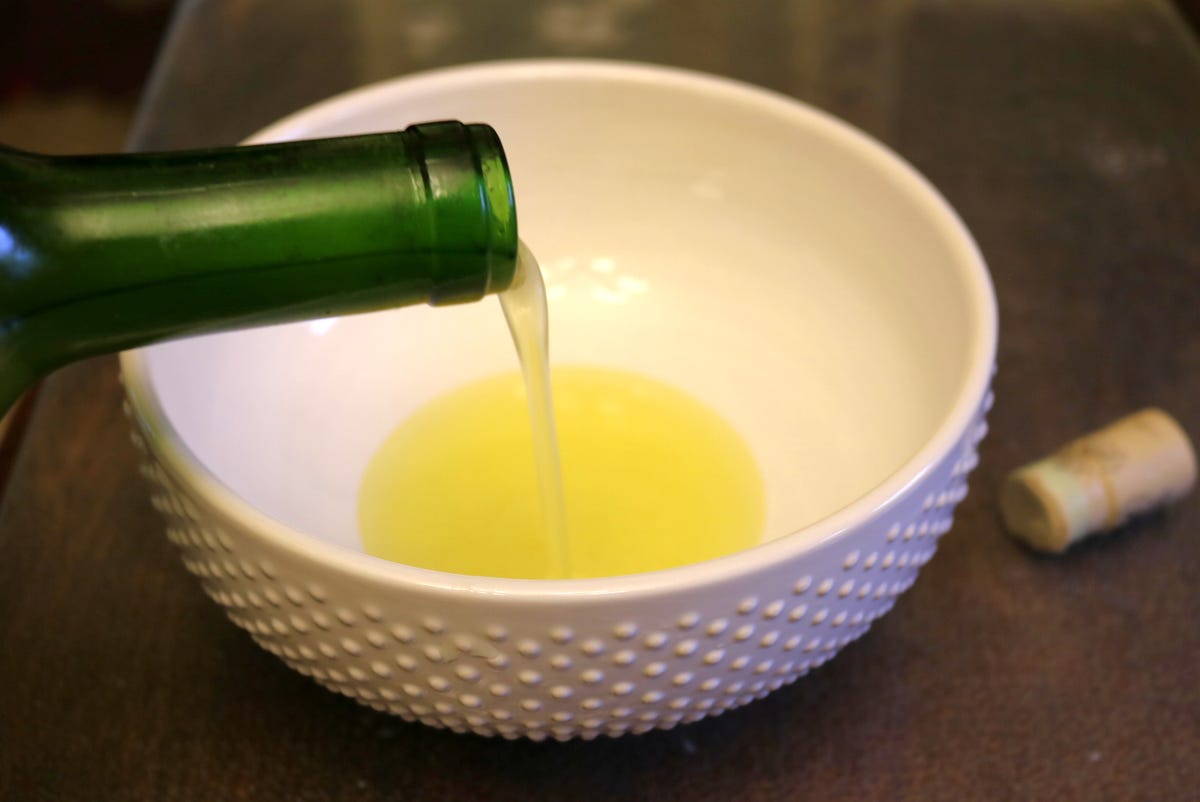
Olive oil in your water is not the best solution for sticky paste.
Olive oil is a necessary addition to most pasta dishes, but save it for the plate.
Some people think adding it to boiling water will help prevent the pasta from sticking, but “the oil just floats on the water and doesn’t coat the pasta effectively,” says De Marchi. “The best way to prevent sticking is to use plenty of water, stir the pasta frequently during the first few minutes of cooking and make sure you use the right size pan for the amount of pasta you are cooking.
“This way the pasta has plenty of room to move and cook evenly,” he adds.
3. Assuming that fresh pasta is always better than dry
The chef’s opinion: FALSE
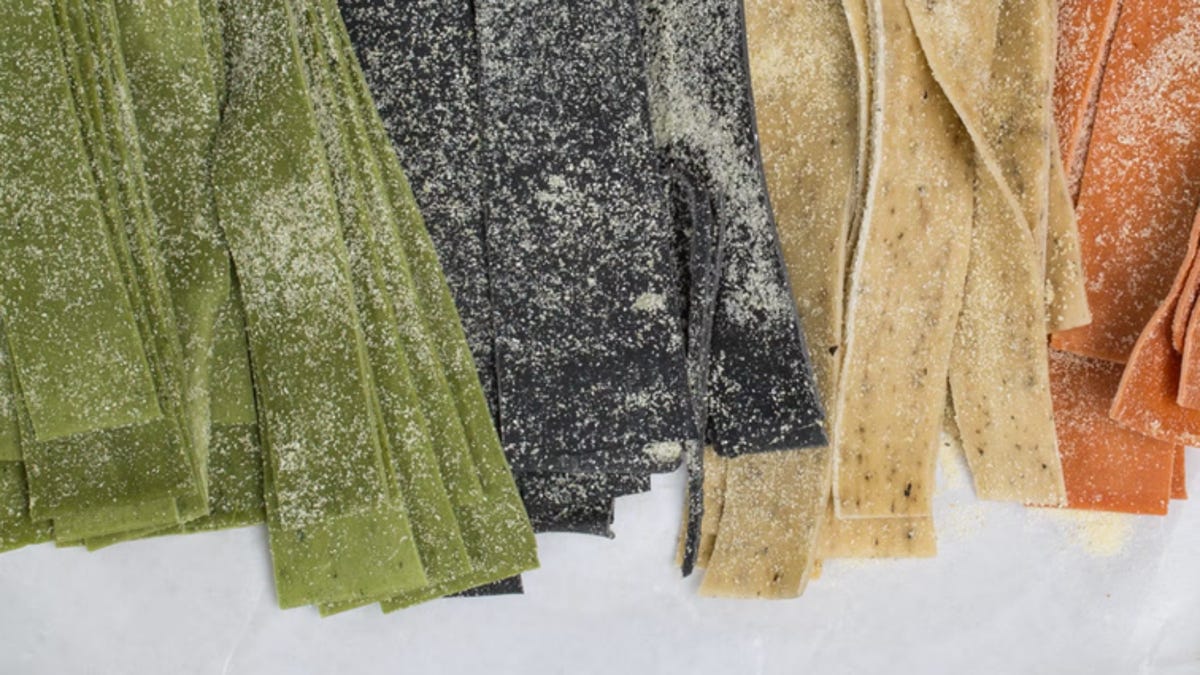
Fresh pasta has a good PR, but some dried pasta is just as tasty.
It’s all about personal preference. Fresh, dried or frozen; chefs are not here to dictate what your taste buds like and don’t like.
“Fresh pasta has a softer texture and cooks quickly, making it perfect for delicate sauces,” says the chef. “On the other hand, dry pasta has a firmer texture and holds up well to hearty or thicker sauces.”
De Marchi also likens it to choosing between two great actors for a movie role. “The choice depends on the character they are portraying,” he says, “just as the choice between fresh and dry pasta depends on the dish you are making.”
4. Leave the pan covered while the pasta cooks
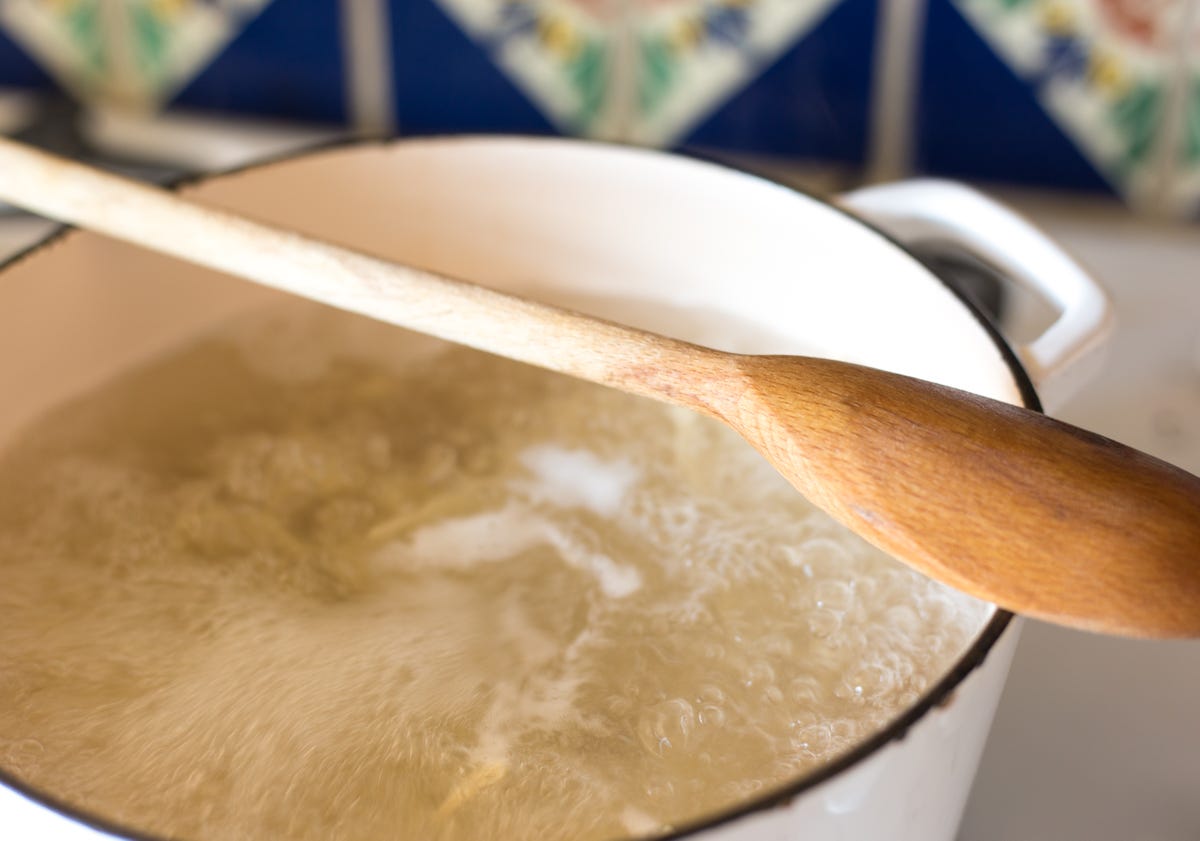
Preventing your pan from boiling over is as easy as placing a wooden spoon on the top.
“Leaving the lid off the pan while the pasta is cooking is the best choice,” advises De Marchi. “This prevents the water from boiling over and helps control the cooking process. Plus, it allows the steam to escape, which helps prevent the water from foaming and creating a starchy mess.”
Also, as recommended, make sure you choose the right size pan so that your pasta cooks evenly.
5. By adding salt thinking that this will make the water boil faster
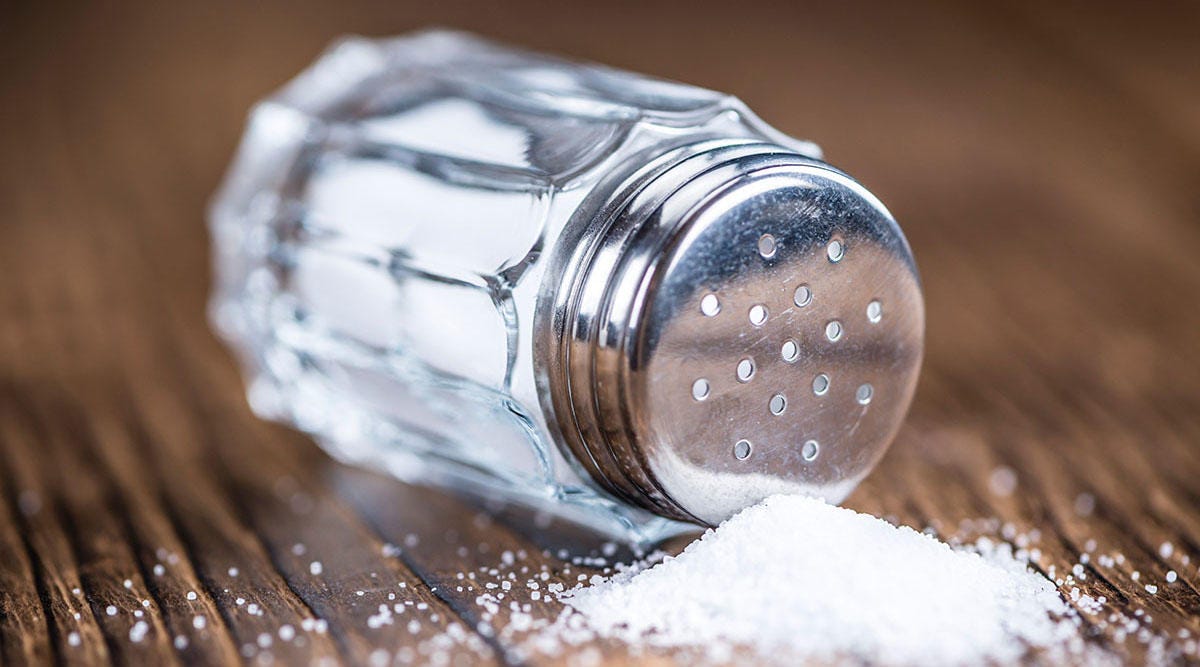
Salt does not make your pasta water cook significantly faster.
Salt plays an important role in pasta water, but not when it comes to heat. (Impurities do change the boiling point of water, but the amount of salt you add to the pasta water doesn’t make a significant difference.) Rather, it’s essential to add salt so the pasta can absorb its flavor.
“If you cook without enough salt, the pasta can taste a bit bland,” warns de Marchi, whose signature dish at NHC Murano Villa is a spaghetti alle vongole. The fish dish, which comes from the region of Venice bordering the ocean, is a combination of vongole (usually mussels, garlic, white wine and chili flakes), sea asparagus and lemon peel.
6. Drain pasta until completely dry
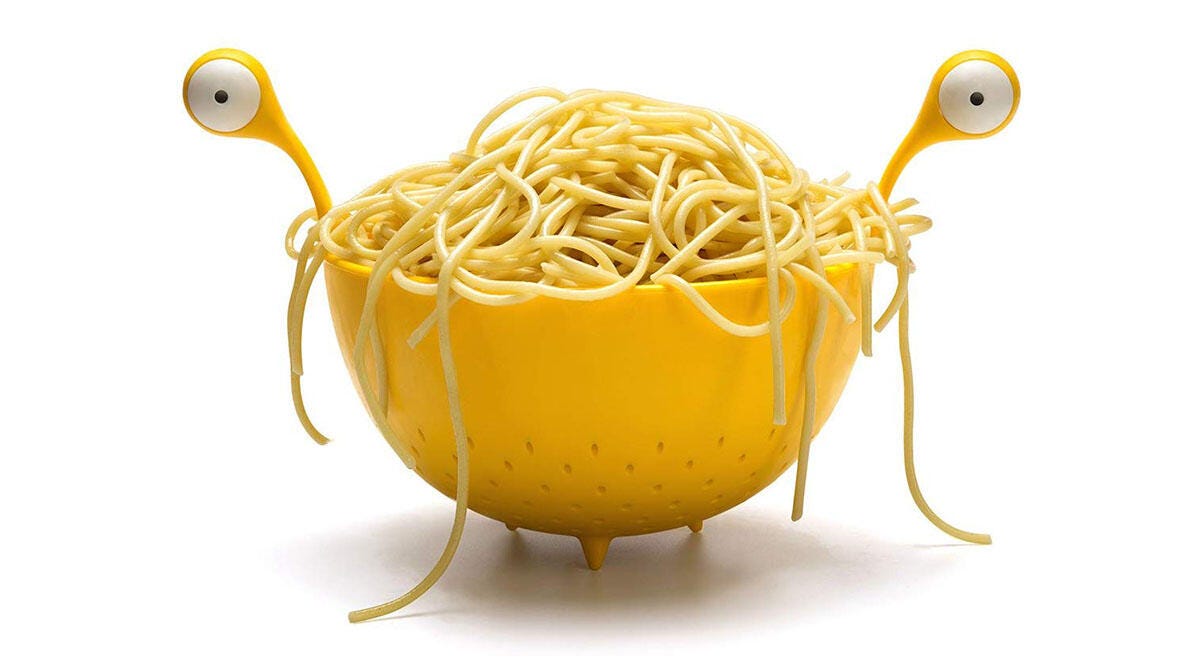
A little pasta water helps the sauce stick.
There’s a reason why salted pasta water is so highly regarded. Not only does it contain a delicious brine to enhance sauces, but it also helps the sauce adhere to the pasta itself.
“This makes for a more coherent and flavorful dish,” De Marchi argues. “A little moisture can go a long way in making your pasta dish extra tasty.”
7. Run the cooked pasta under water before serving

Keeping your pasta submerged will remove a lot of the starchy goodness.
If you want to expose yourself to possible injury via Nonna’s rolling pin or wooden spoon, run your cooked pasta under fresh water.
“This can remove the starchy layer that helps the sauce adhere to the pasta,” says de Marchi. “The residual heat from the pasta helps the sauce marry with the pasta, creating a more flavorful and cohesive dish. Think of it as a beautiful marriage—you want the sauce and pasta to come together and live happily ever after, not right before the take a cold shower.”
8. Pre-cook lasagna sheets
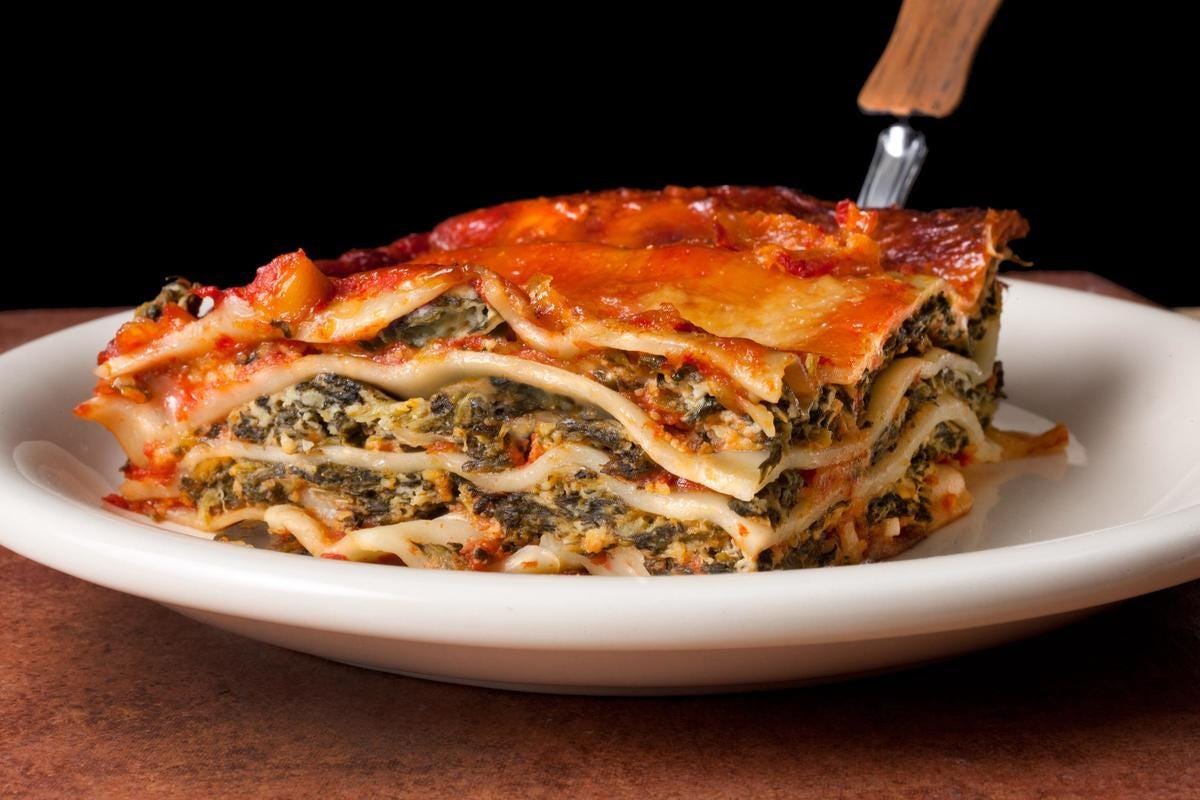
Not all lasagna recipes call for pre-cooked noodles.
“Pre-cooking lasagna sheets is not always necessary, especially if you are using a sauce with a lot of liquid,” he says. “In fact, many lasagna recipes call for the sheets to be used directly without pre-cooking, which allows them to absorb liquid from the sauce and cook during the baking process.”
Set it, forget it and let the magic happen in the oven. Pasta is not something to think about or worry about. The simple preparation makes it all the more fun.
Leave a Reply